The Disneyland Resort theme parks remain the only Disney parks internationally that have not announced a reopening due to government restrictions.
California’s Governor Newsom said discussions regarding theme park reopening guidelines were “forthcoming” some time ago. Disneyland and other California theme parks requested, however, that the state not finalize the guidelines without their input. Early details about the guidelines were revealed a few weeks ago, but their official release was delayed following pushback. Today, the official theme park reopening guidelines were finally released.
These completed theme park guidelines give us a glimpse of what to expect when it comes to health and safety measures in Disneyland, such as cleaning procedures and capacity limitations.
California Theme Park Reopening Guidelines Generally
First, California has been operating under a tiered system in relation to its reopening plans.
Under the new guidelines, theme parks located in counties in the Purple or Red tiers cannot reopen at all. If a county is in the Orange tier, operations will only be permitted for smaller parks, defined as parks with a capacity fewer than 15,000. Disneyland Resort’s theme parks exceed that. In fact, it was estimated that in 2019, Disneyland drew approximately 51,140 visitors per day. This means both Disneyland Park and Disney California Adventure Park would not be able to open whatsoever under the Orange tier, although local authorities had previously suggested they should be able to.
Instead, the Disneyland Resort theme parks will only be able to reopen when Orange County, California — the county in which they are located — reaches the Yellow or Minimal tier. Currently, Orange County remains in the Red or “Substantial” risk tier.
Even when Disneyland reaches the Minimal tier, they must follow a number of specific guidelines, including:
- Limiting capacity to 25% of total facility occupancy based on the design/operating capacity or fire department occupant limit, whichever is fewer;
- Limiting capacity on all indoor dining and drinking establishments within the park to 25%;
- Implementing a reservation system; and
- Following the modifications in this guidance and being “prepared for inspections by public health officials to ensure adequate implementation of all required modifications.”
Various operational aspects make up a theme park, such as food service, bars, gift shops, hotels, etc. Theme park operators must review any guidance that has already been issued for these separate aspects (such as the Restaurant Guidance, which would impact food service at the theme park, or Retail Guidance, which would impact gift shops in the theme park), and apply any appropriate protocols to all aspects of their operations.
Individual Control Measures and Screening
The guidelines specify that the use of face coverings will be mandatory throughout all open theme parks in all settings, indoor and outdoor, unless actively eating or drinking in designated areas or exempted per the CDPF Face Covering Guidance. The guidelines also note that a policy should be developed that requires guests to wear their face masks or be denied access to the amusement park, but they can permit access for those who are exempt under the appropriate guidelines.
Workers who are consistently within six feet of guests or co-workers, must wear a face mask as well as a secondary barrier, like a face shield or safety goggles.
In terms of the reservation system, the guidelines specify that the reservation system should be utilized to contact guests with reservations 24 hours before their scheduled arrival to confirm their reservation and ask if they or anyone in their household is experiencing any COVID-19 symptoms.
If the guest indicates that they or someone in their household is experiencing symptoms, then the guidelines state that theme park operators should instruct the guest that they should not come because they will not be allowed to enter. According to the guidelines, theme park operators must cancel reservations for parties with symptomatic guests and refuse entry.
The guidelines also note that, if possible, a reservation system should be implemented for individual attractions to ensure capacity limits and encourage physical distancing.
Guests should also be temperature checked or symptom screened upon arrival at the theme park, and asked to use hand sanitizer during their visit to the theme park.
Ventilation, Cleaning, and Disinfecting Guidelines
The guidelines note that theme park operators should implement ways to minimize time indoors and minimize the number of groups of guests indoors and stationary at the same time. High traffic areas, like park entrances, restrooms, dining areas, gift stores, and more should be thoroughly cleaned, and commonly used surfaces (like countertops, touchscreens, and vending machines) should be frequently disinfected.
Additionally, some guest activity areas should be thoroughly cleaned after each use including tables, chairs, benches, high chairs, etc. Also, cash transactions should be avoided where possible and credit card readers that allow guests to insert their own cards should be utilized so workers don’t have to do it for them.
Additional hand washing or hand sanitizer hygiene stations should also be provided throughout the park.
Physical Distancing Guidelines
The guidelines also specify a number of ways in which physical distancing should be implemented throughout the park. These include:
- Considering one-way foot traffic and clear directions, particularly in narrow areas;
- Installing Plexiglass divers on switchback lines for attractions or food;
- Implementing other measures to ensure physical distancing in lines, shuttles, shows, etc. like floor markings or physical partitions;
- Discontinuing tours or guided experiences;
- Encouraging guests to make purchases online before their visit or from an app once inside the park to minimize lines and in-person payment transactions;
- Avoiding paper tickets;
- Considering all-inclusive packages that combine admission, parking, food and drink, and special upgrades; and
- Modifying the way workers check bags to minimize having to directly touch guest items.
Additional Ride and Attraction Considerations
One BIG thing that the guidelines specify is that “all queuing must be performed in outdoor settings only. No indoor queuing is allowed for any attraction or ride.”
Instead, for indoor attractions and rides, the guidelines specifically note that an outdoor queuing system should be developed prior to entry into the attraction’s indoor area. Impermeable barriers should then be installed between lines with switchback queuing areas to ensure physical distance.
The guidelines also specify that the speed and dynamics of attractions should be evaluated to ensure that face covers do not present a loose-article hazard or interfere with the safe operation of the attraction.
In terms of loading patterns, the guidelines specify that social distancing should be complied with and passengers from different households must be at least six feet apart.
Dining Restrictions
Visitors will only be permitted to eat and drink in designated dining areas. Indoor dining areas should increase fresh circulation by opening windows or doors if possible, and indoor dining tables should be distanced well beyond six feet when possible.
Performances, Interactive Exhibits, and Events
According to the guidelines, a reservation system should be implemented to ensure that any performance venue can maintain its required capacity limits and arrival times should be designated, if possible, so guests don’t all arrive at the same time.
Employee Guidelines
The guidelines also detail a number of requirements that must be put in place for theme park employees. Specifically, a written, workplace-specific COVID-19 prevention plan must be made at every facility, and a comprehensive risk assessment of all work areas and work tasks must be performed. Theme Park operators must train and communicate with their workers about this plan and make the plan available to them and their representatives.
Additionally, workplaces must be regularly evaluated for compliance and any deficiencies must be corrected. Any COVID-19 illnesses must be investigated and a determination must be made if any work-related factors could have contributed to the risk of infection. The workplace-specific COVID-19 plan must be updated as needed to prevent future cases.
There are a number of other specific rules for employees including notifying employees in writing who may have been exposed to COVID-19, reporting workplace outbreaks to the local health department, topics for worker training, and more.
Comments from Dr. Ghaly
Earlier today, Dr. Mark Ghaly, the California Health and Human Services Secretary, held a press conference covering various topics including the theme park reopening guidelines. One slide from the conference noted that theme parks are a higher risk setting than outdoor stadiums due to the random large scale mixing, thousands of visitors from various areas, and many frequently touched surfaces, among other things.
When asked why large theme parks cannot open in the Orange tier, Dr. Ghaly indicated that smaller parks and larger parks differ and that the smaller parks are generally composed of more local and outdoor activities. One reporter noted that some areas are concerned they will not reach the yellow tier, to which Dr. Ghaly responded by noting that San Francisco is now in the yellow tier and that they believe it’s possible for large counties to move to the yellow tier with a lot of work, vigilance, and testing.
But, Dr. Ghaly noted they do not have a crystal ball to tell them when Orange County will enter the yellow tier. Dr. Ghaly also indicated that, once theme parks have reopened, they will be subject to regular inspections and the State will make sure local health teams have access to the parks to ensure there are no violations.
Dr. Ghaly also said that if they aren’t able to make sure things are done safely, then there will be enforcement conversations and possibly partial or complete closures. County transmission will also greatly impact theme park operations. If there’s a widespread transmission in that county after the thee park reopens, Dr. Ghaly noted that there may be a request for the county to move back to a higher tier, potentially preventing a large theme park in that county from being open.
We will continue to update this post with new information about the guidelines, so be sure to come back for more updates.
Click here to learn more about the reopening procedures planned for Disneyland so far.
Disney Park Reopening Details and Info
Click HERE for the All Latest Updates
Click HERE To See FULL LISTS of the Rides, Attractions, Shopping, Entertainment, and Restaurants Opening in Disney World!
TUTORIAL: How To Use Disney World's NEW Park Pass Reservation System
ALL Disney World Reopening Procedures
Disney World Hotel and Ticket Booking Information
We’re Visiting ALL the Reopened Disney World Hotels and Have All the Need-to-Know Details
We’re LIVE in Disney World's Magic Kingdom For the FIRST Time Since the Closures
We’re LIVE in Disney’s Animal Kingdom For the FIRST Time Since the Closures
We Got a FIRST LOOK at Disney World’s New Character Cavalcades and Entertainment!
Everything You NEED To Know About Wearing Masks in Disney World
Join the DFB Newsletter To get all the latest Disney Park Closure News Delivered Right to Your Inbox Click here to Subscribe
What do you think of the released guidelines? Tell us in the comments!


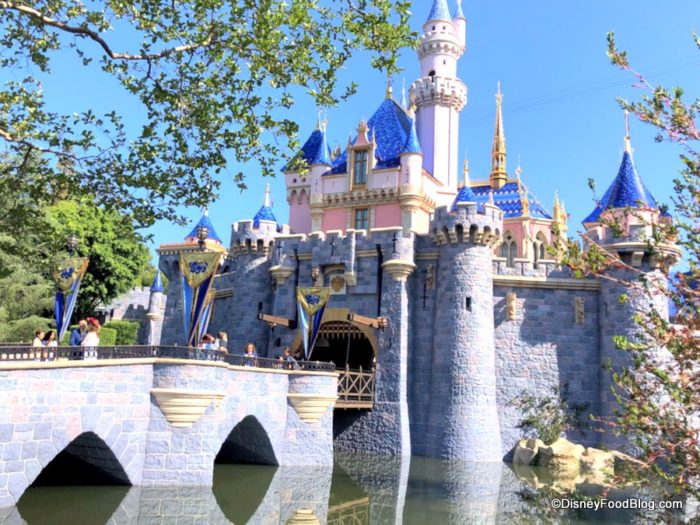
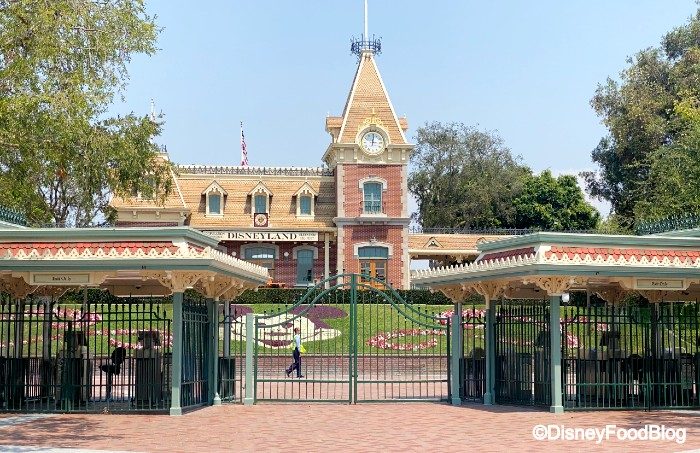
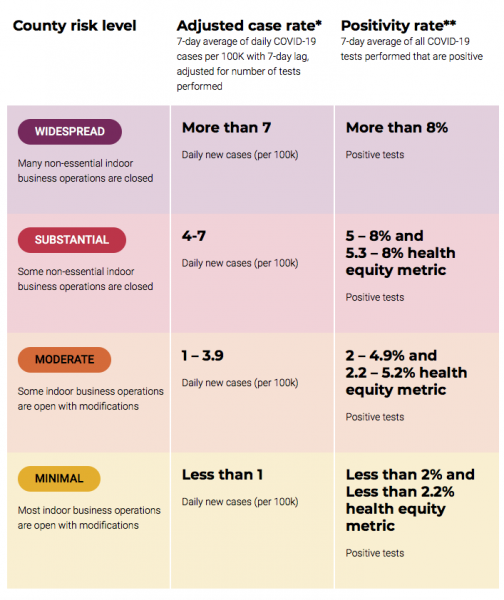
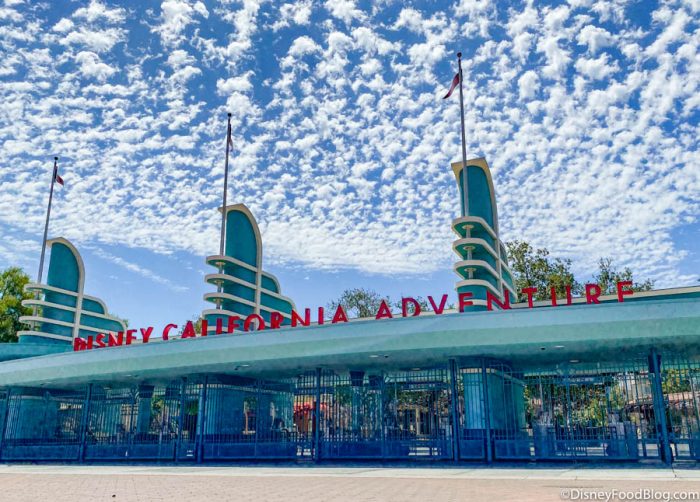
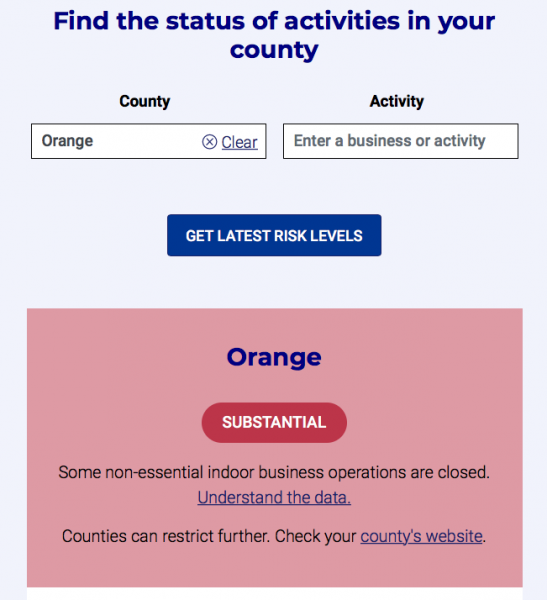
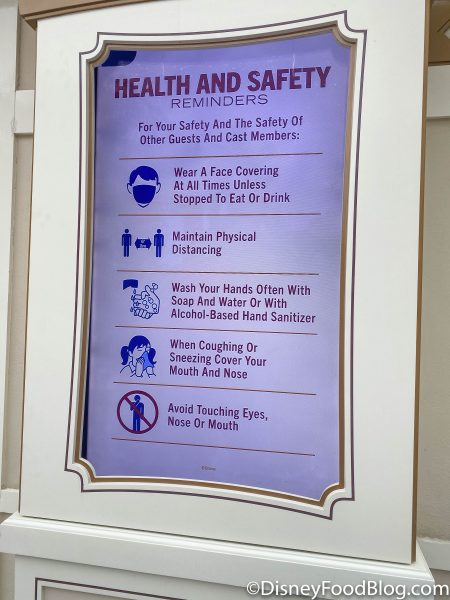
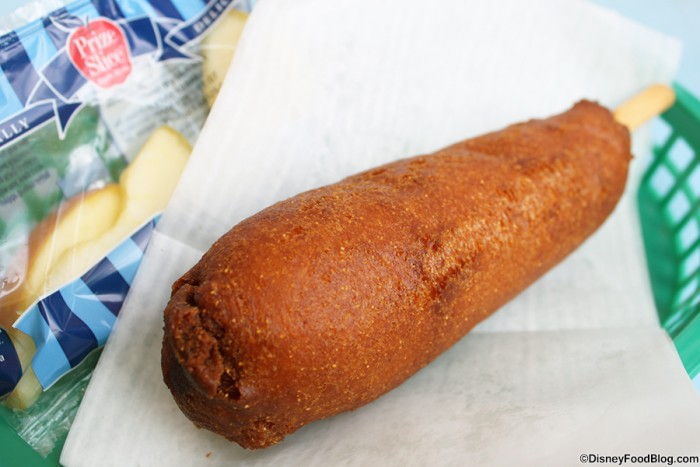
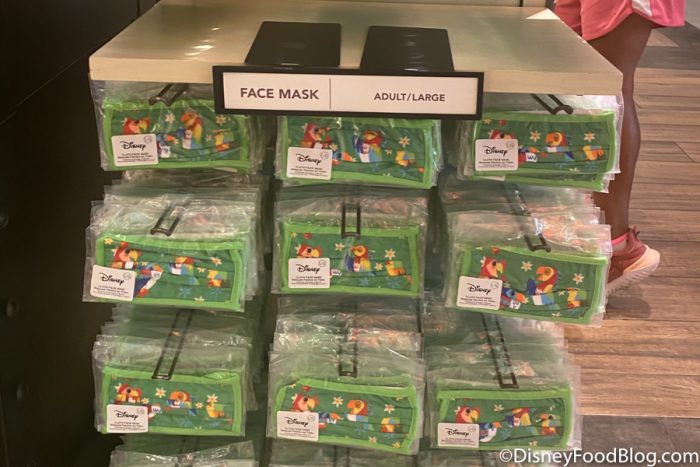
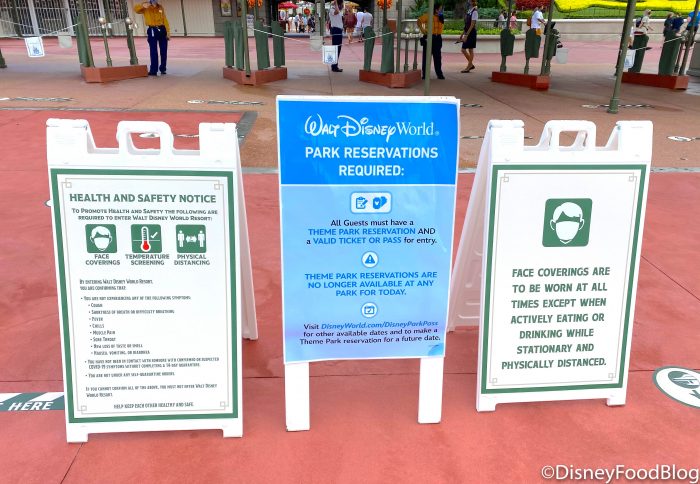
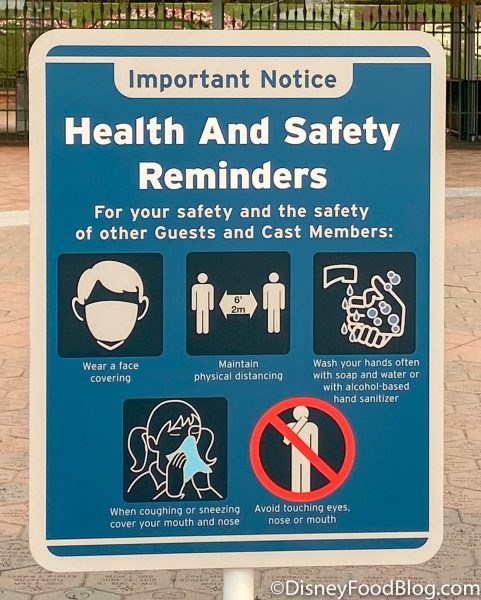
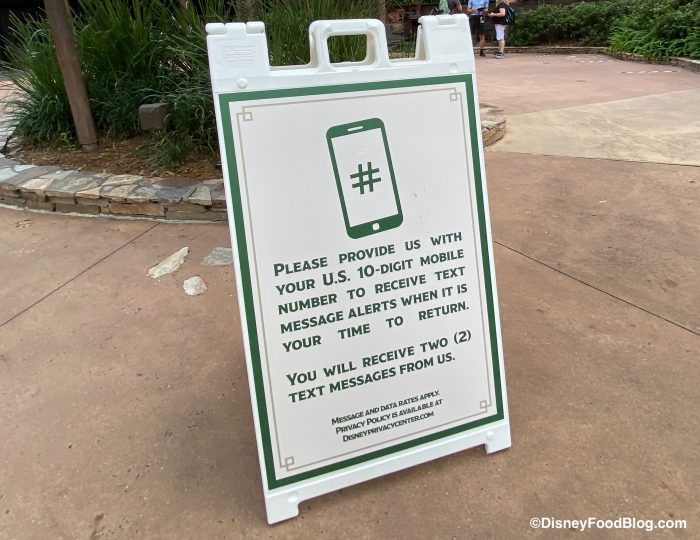
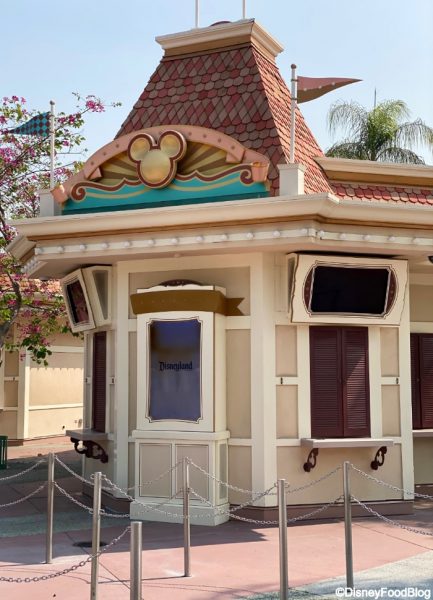
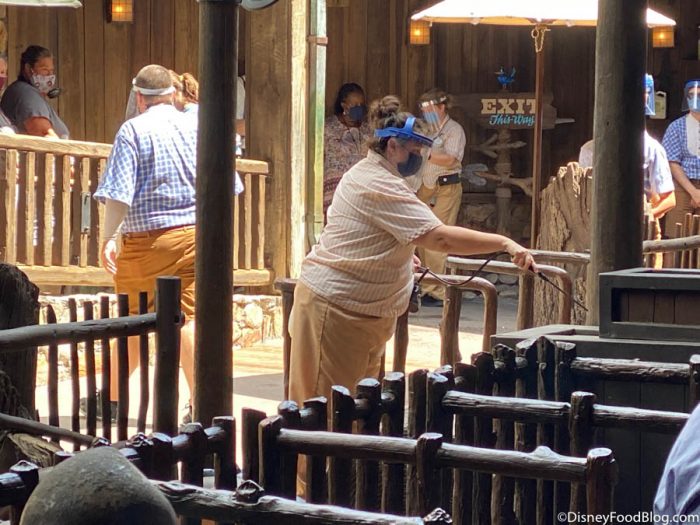
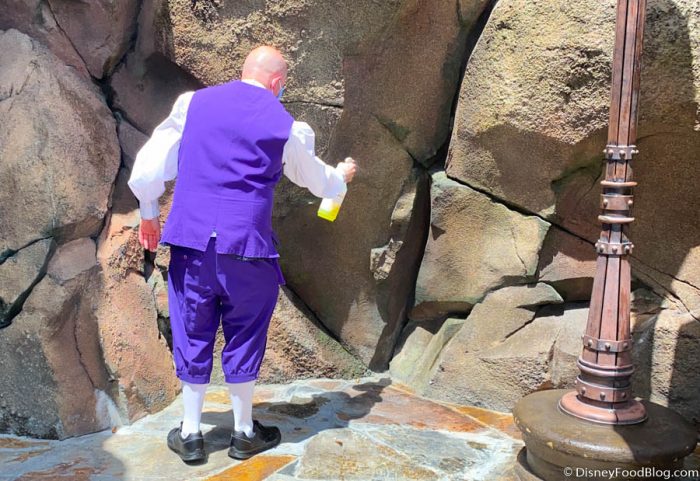
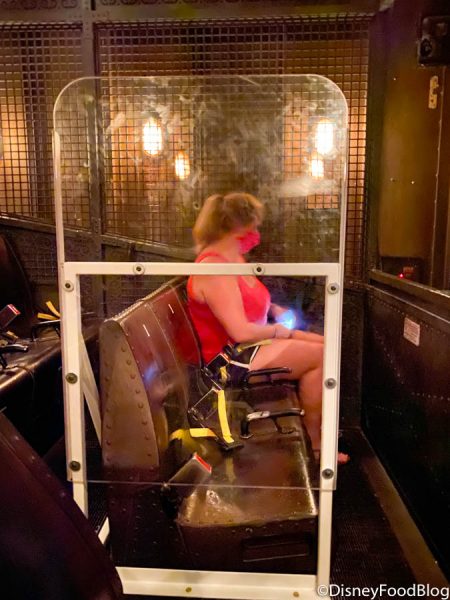
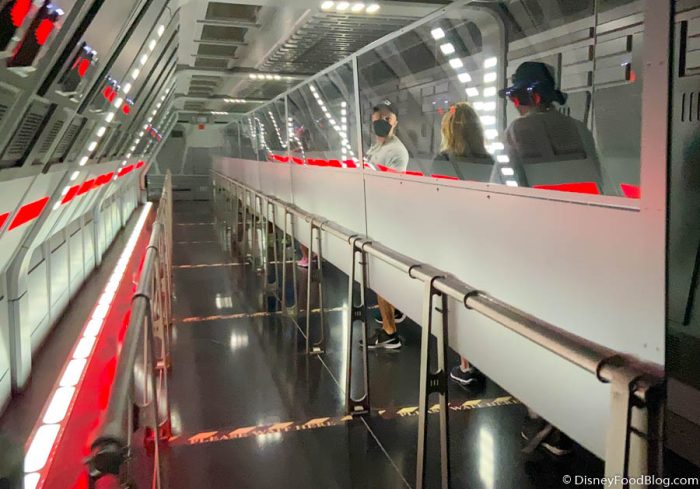
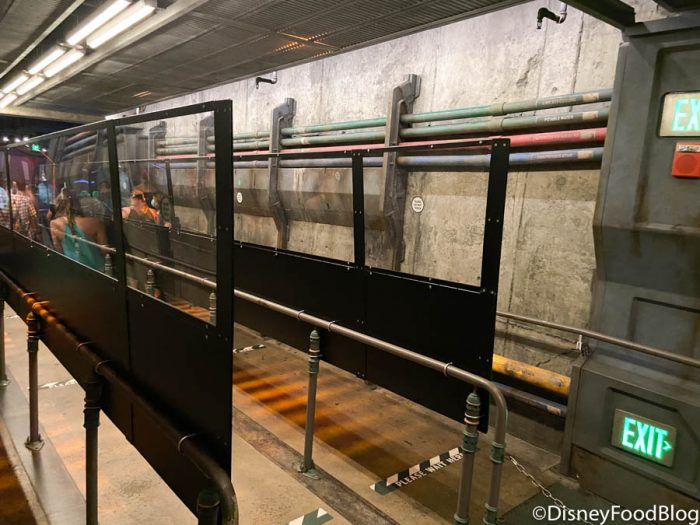
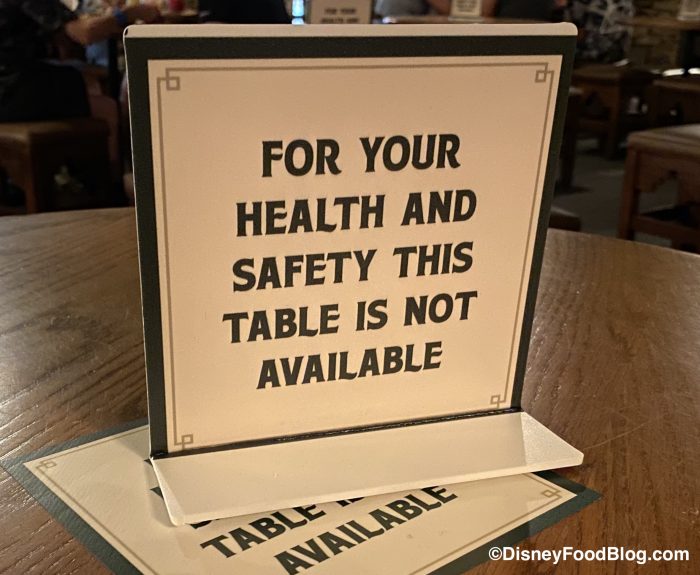
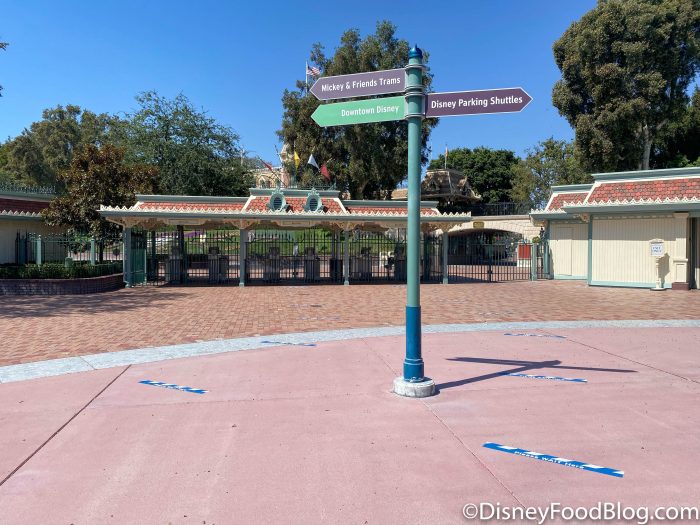
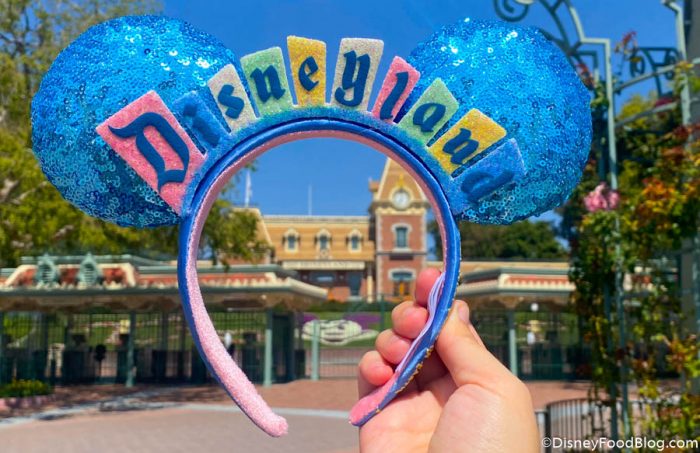
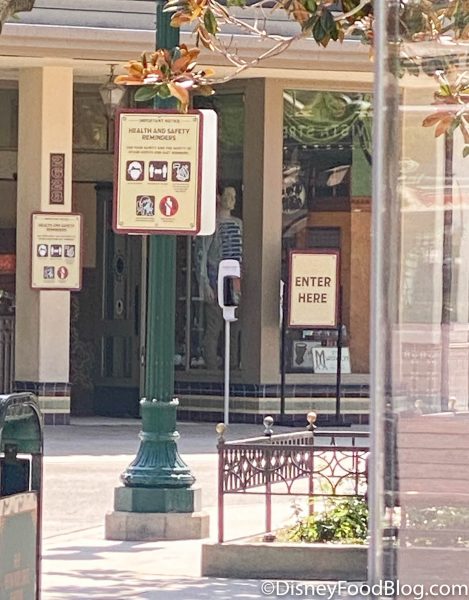
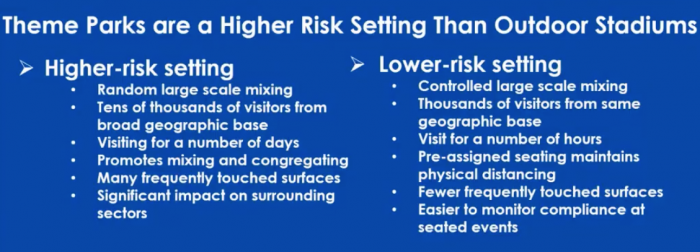

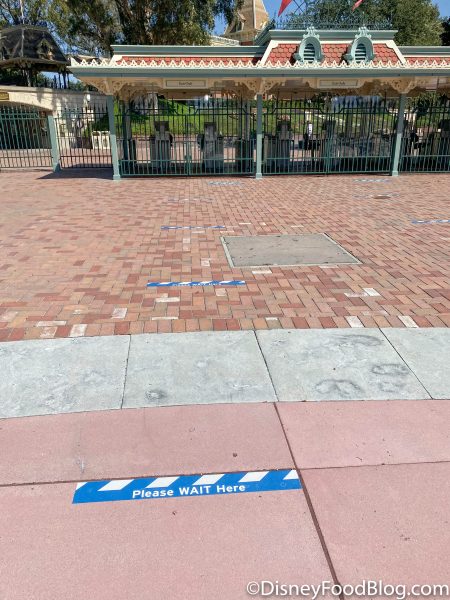


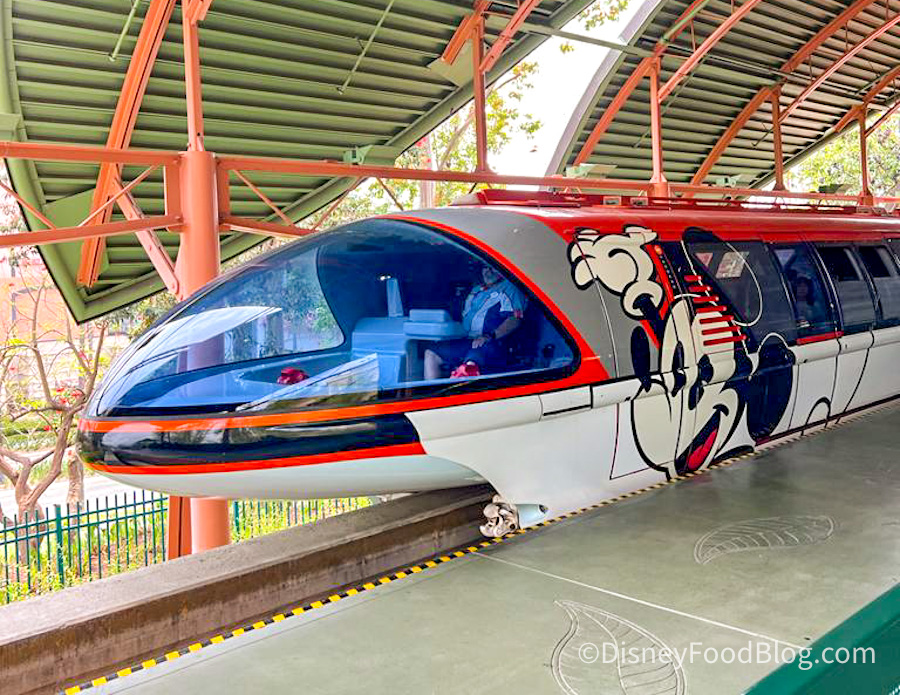
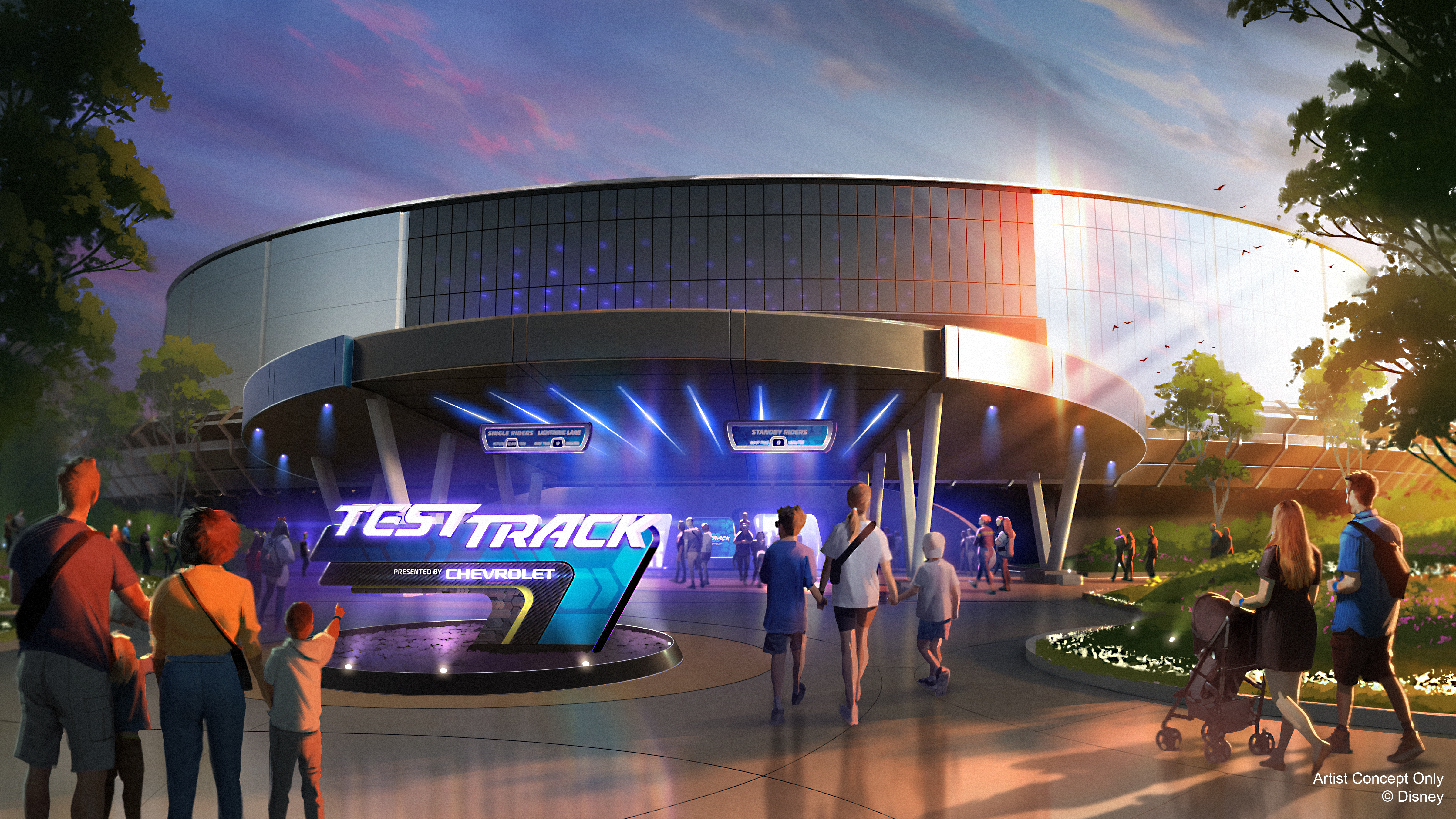
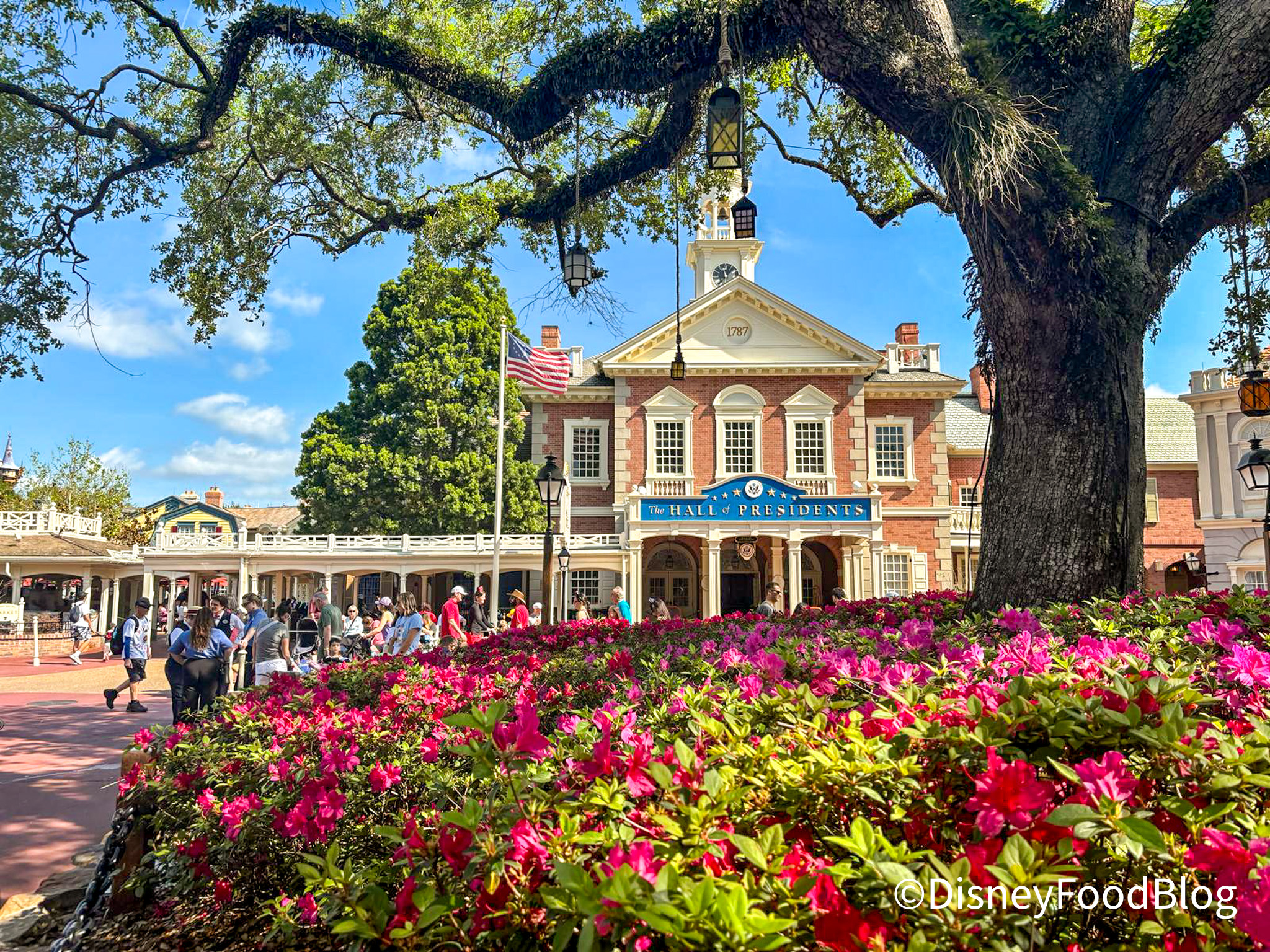
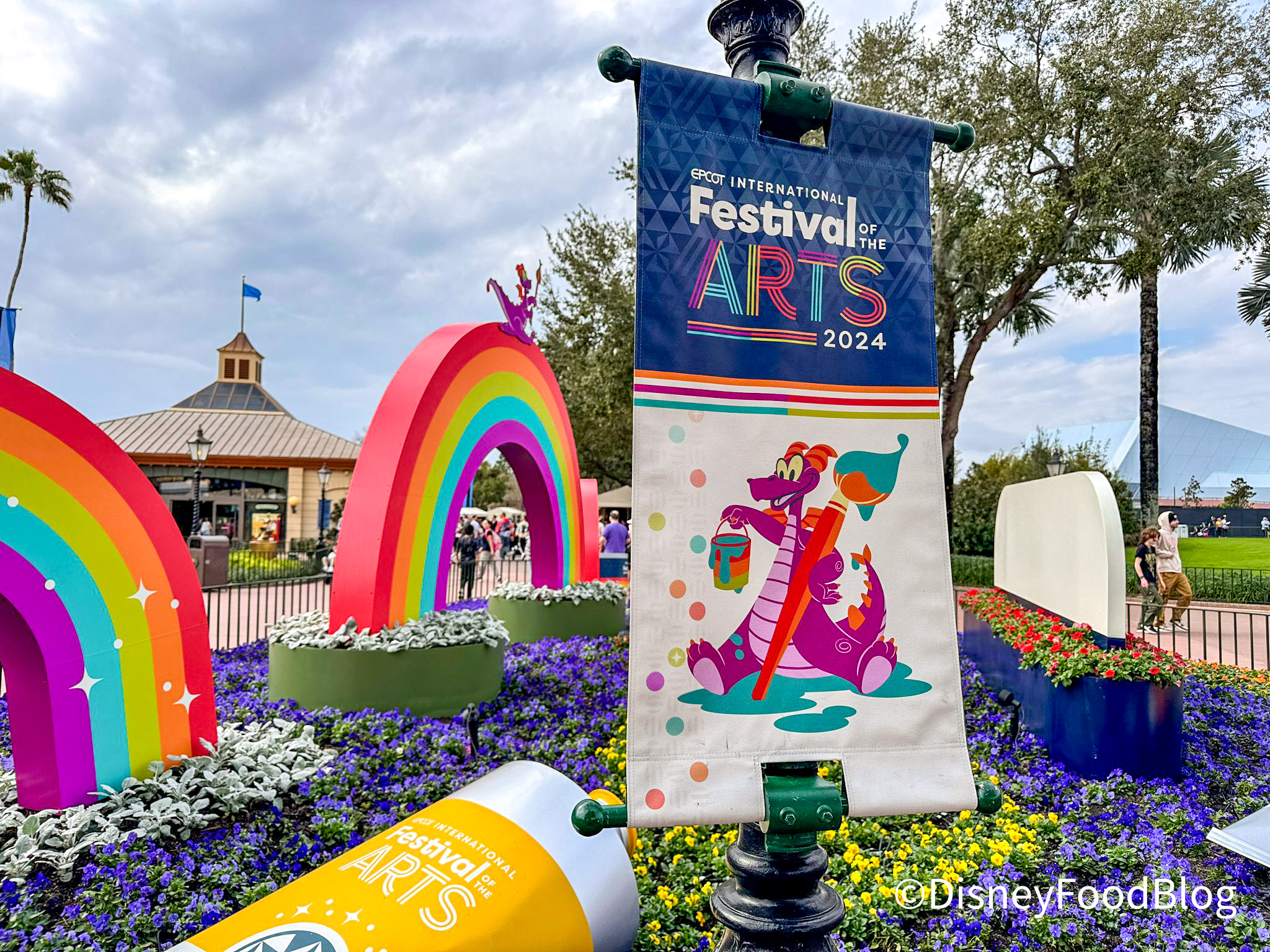
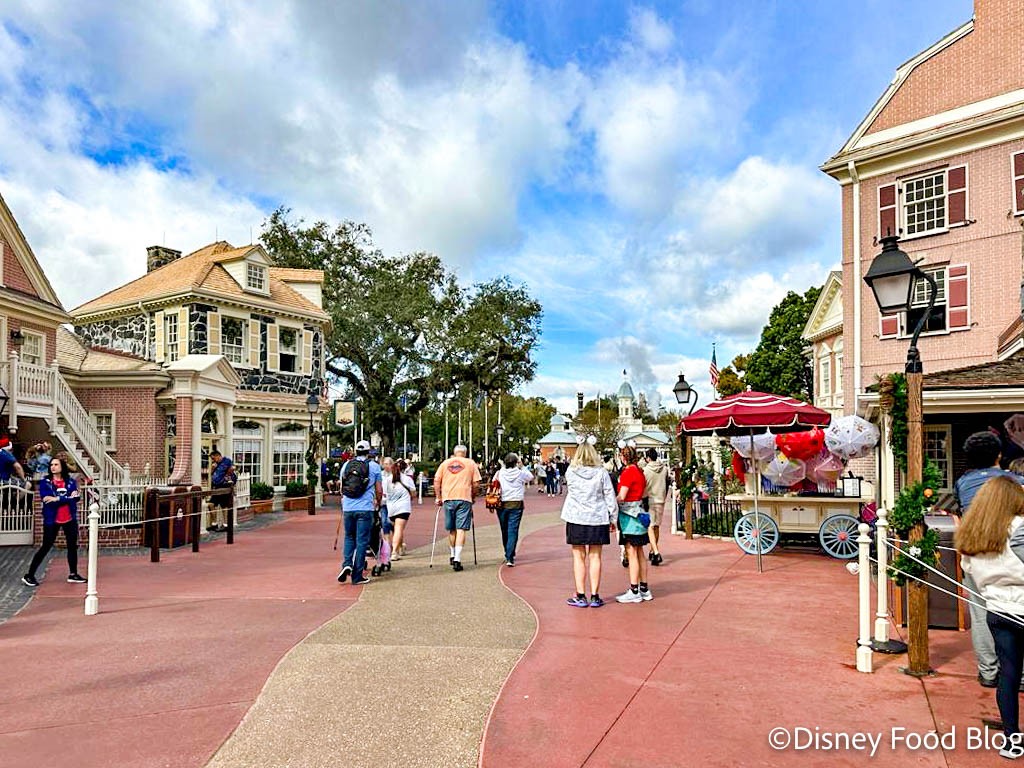







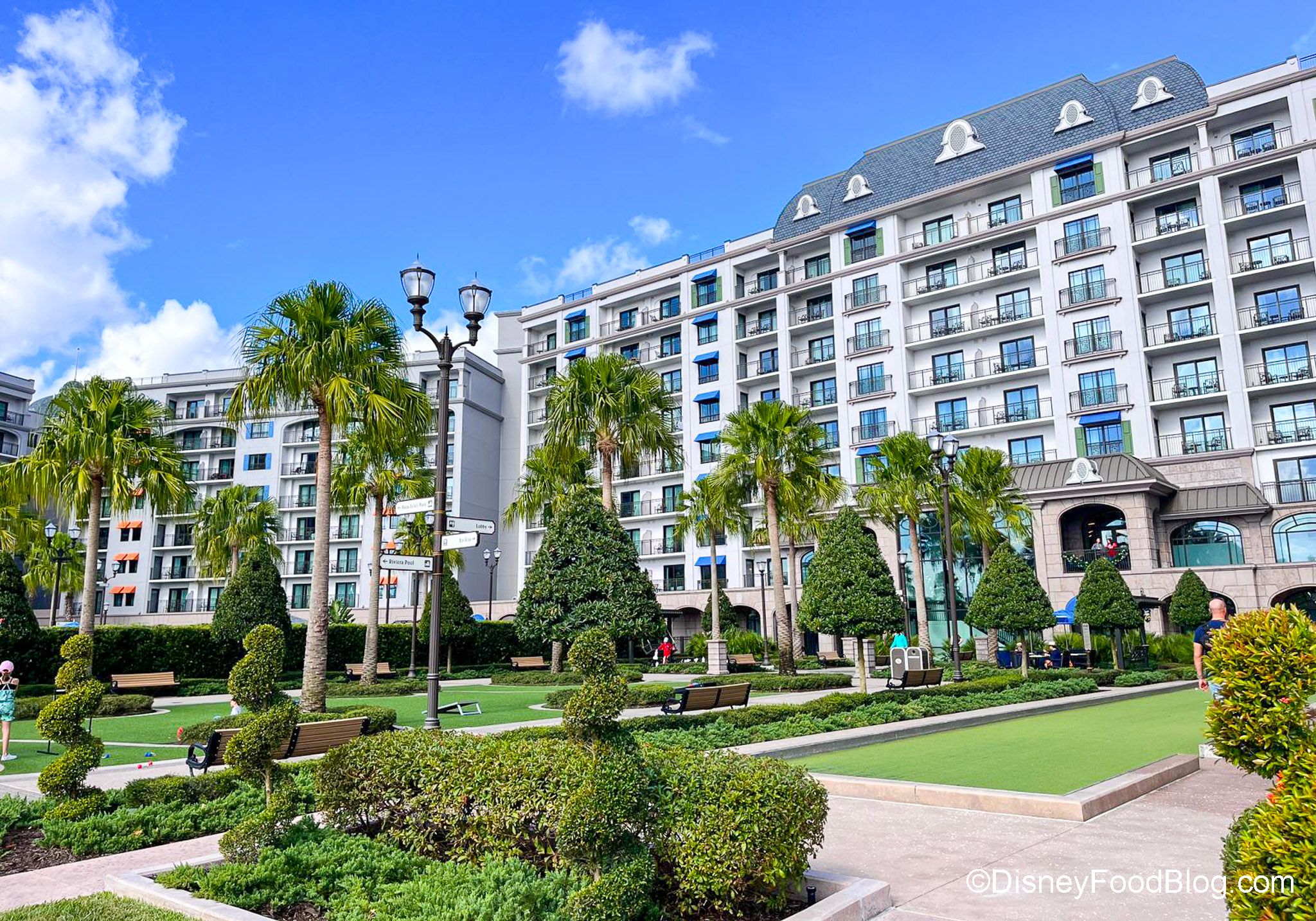

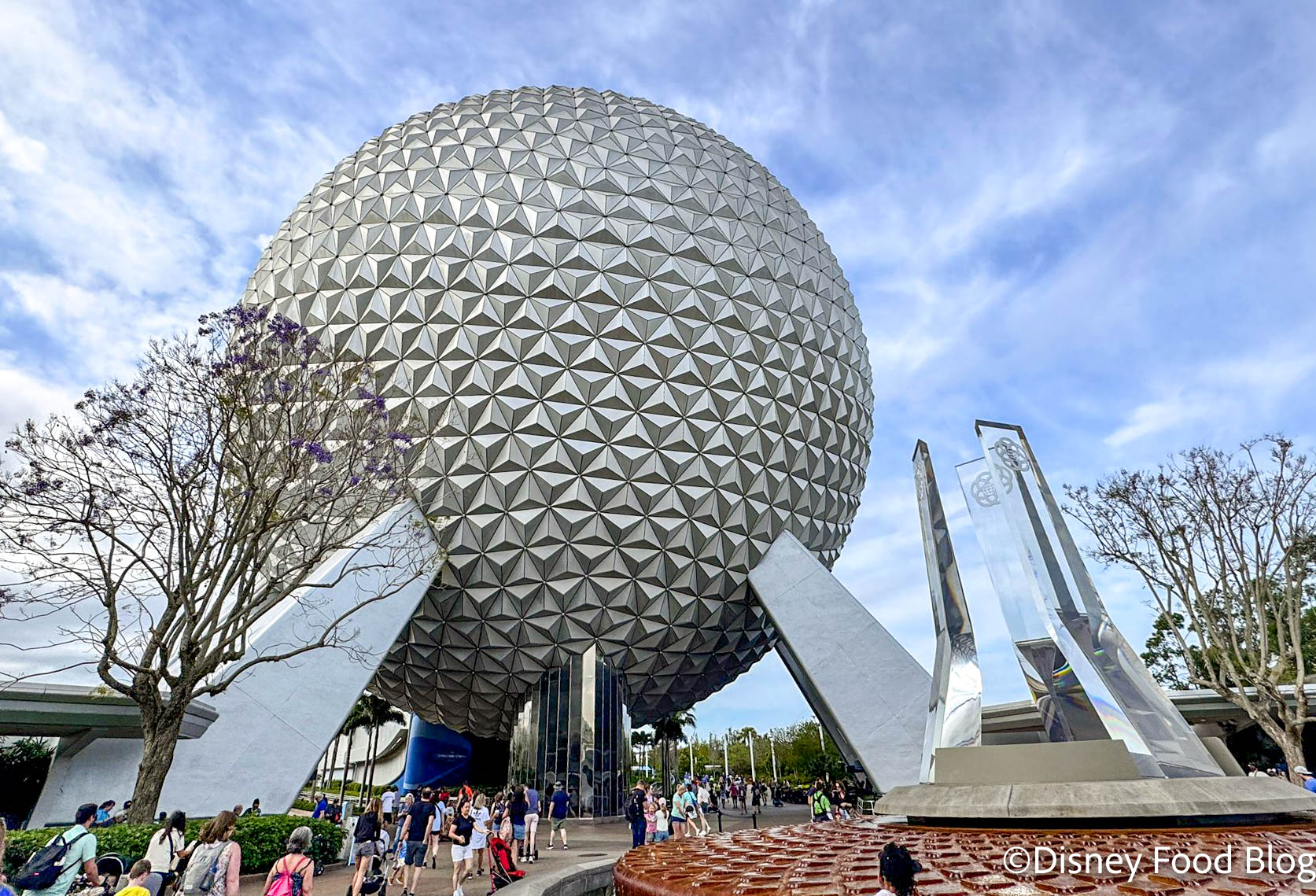


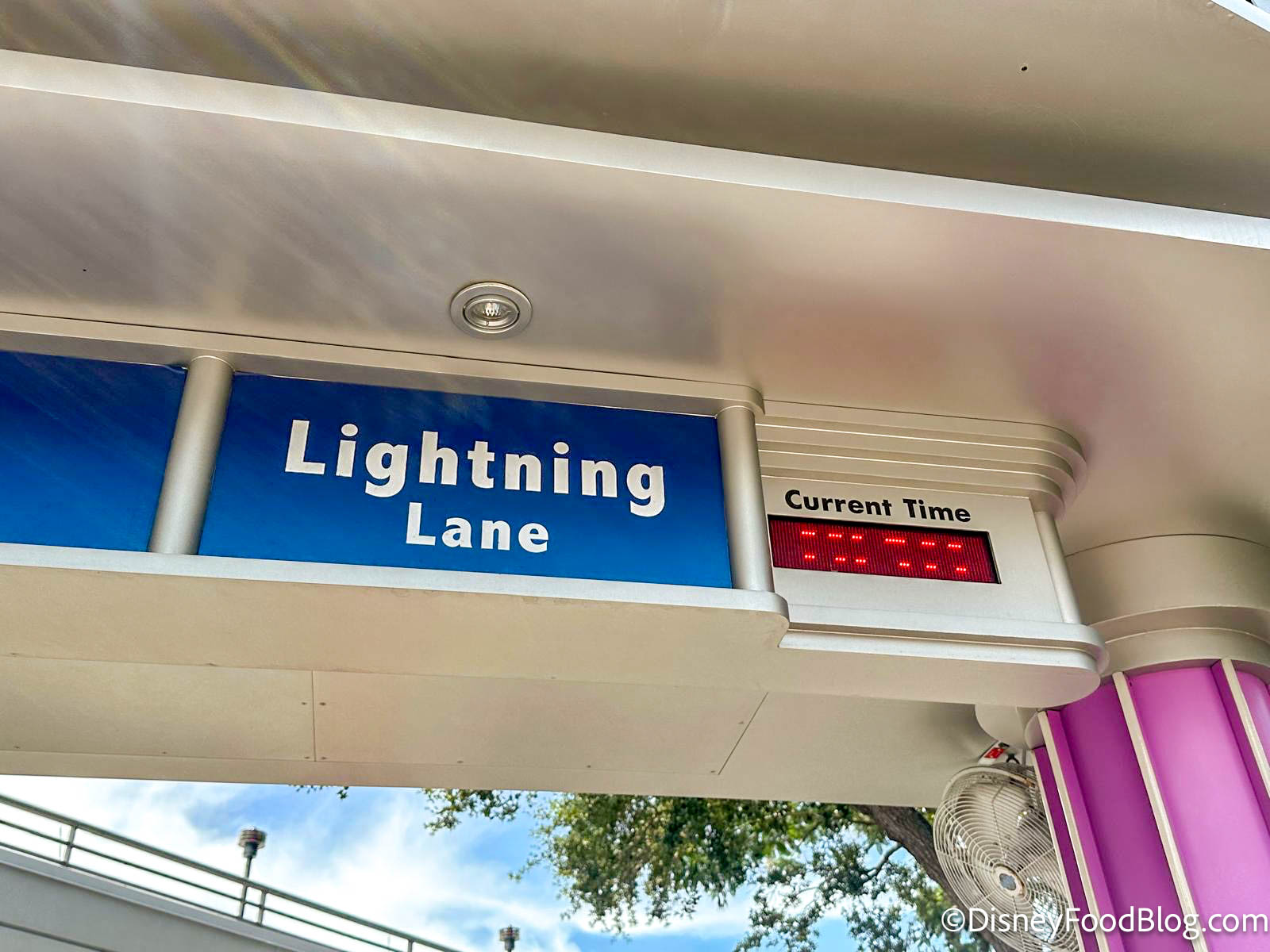

 Our handy (and portable!) ebook guides make sure you get the best deals and can plan a vacation of a lifetime.
Our handy (and portable!) ebook guides make sure you get the best deals and can plan a vacation of a lifetime.
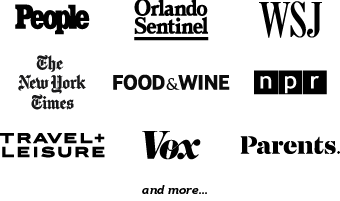
These guidelines are ridiculous and the state is overstepping. Unfortunately Disney will need to push back legally. I hope they sue the state, too many jobs and families are at stake.
I doubt Disneyland will ever reopen until there’s a reliable vaccine considering how earlier people in Orange County sent their mayor death threats when they were told to wear masks. The only way I see it reopening any time soon is if they just stop testing and reporting new cases all together.
California wants to kill Disneyland. With these guidelines, it will never reopen.
I work in an Acute Hospital with COVID and other severely ill patients and we have less restrictions than an amusements park!
My favorite new rule is to monitor the speed of rides so the mask’s don’t fly off. OMG.
Wow, in the time it is taking Disneyland to be able to open, we will have been to Disney World twice! Keep filling out those Newsom recall petitions!
California has better Covid-19 number per 100,000 persons than most states, including Florida, New York, New Jersey, Illinois, Texas, Utah and others. Yet California remains one of the most closed down states. Our public schools are also victims of the closures. The Governor has set arbitrary tiers and levels for us to meet with an everchanging bar. Unfortunately, this makes Disneyland “The saddest place on earth”.
Welp. This is a bad sign for Disneyland and all of the surrounding businesses. I hope it’s not the final nail in the coffin.
As I live 6 hours away and a 20 year AP holder…this just makes me sad…Government again trying to control not only my life but the many employees employed by all the theme parks in So. Cal. makes me want to scream….I cannot wait to get my AP and return home!!!